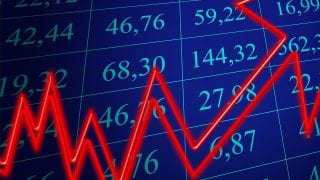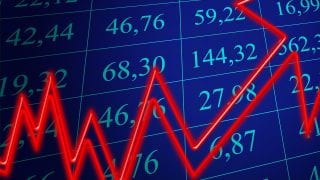The value of an option, also known as the option premium, is the price paid by the buyer to the seller for the option contract.
Whether an investor is buying or selling options, understanding the three factors that make up the value of an option are crucial in succeeding in options trading; these three factors are intrinsic value, time value and implied volatility. Knowing what these factors are and how they affect the value of an option will better prepare an investor to recognize a good deal from a bad deal in option contracts.
Intrinsic Value
Intrinsic value is the difference between the market price and the strike price of the underlying security. Let’s look at a couple examples of call and put options having intrinsic value.
Call Option:
Assume shares of Walmart Inc. (NYSE: WMT) have a market price of $85 a share. If an investor buys a call option for WMT with a strike price of $80, then it has an intrinsic value of $5. This is known to be “in-the-money.” An investor could buy this option and reap a $500 profit right away. This is because the investor could buy the shares at $80 each, then immediately sell the shares at $85. That would produce a profit of $5 per share and one option contract is equal to 100 shares of the underlying stock.
If an investor buys a call option for WMT with a strike price of $80 a share, but the market price of WMT is $75 a share, then there is no intrinsic value. This is known as being “out-of-the-money.” If this option expires and it is “out-of-the-money,” then it has no value.
Put Option:
Again, Walmart Inc. has a market price of $85 a share. If an investor buys a put option for WMT with a strike price of $90 a share, then it has an intrinsic value of $5. This is known to be “in-the-money.” An investor could buy this option and reap a $500 profit right away. This is because the investor could buy the shares at $85 a share, then immediately sell the shares at $90 each.
If an investor buys a put option for WMT with a strike price of $90, but the market price of WMT is $95 a share, then there is no intrinsic value. Just like the call option, this is known as being “out-of-the-money.” If this option expires and it is “out-of-the-money,” then it has no value.
The farther “in-the-money” an option is, the higher the value of the option will be. If it is “out-of-the-money” before the expiration date, then it still has value because of time value and implied volatility. If it is “out-of-the-money” by the expiration date, then it will expire and have no value.
Time Value
The time value of an option contract is dependent upon the length of time remaining before the option contract expires.
The more time an option has until expiration, the greater the time value is. As the option approaches its expiration date, the time value decreases. When the option expires, it becomes worthless. Let’s look at an example.
An option contract for WMT, that is “out-of-the-money,” expires in 60 days. This will have a greater time value than a WMT option that expires in 30 days, with everything else being equal. This is because there is more time, and therefore a higher chance, for the 60-day option to expire “in-the-money.”
The greater the time value is on an option, then the higher the overall value of the option will be.
Implied Volatility
Implied volatility indicates how volatile the underlying stock’s price may be in the future. High implied volatility means that the market predicts that the stock will have large price swings in either direction. Low implied volatility means that the market predicts that the stock will not swing in either direction significantly.
Higher implied volatility indicates a higher premium price. A lower implied volatility indicates a lower premium price. Let’s look at an example.
1. If a WMT option has an annualized implied volatility of 10% and the implied volatility increases to 30%, then the value of the WMT option would also increase.
An increase in intrinsic value, time value and implied volatility all lead to an increase in the value of an option. Having this understanding will help an investor differentiate between reasonable and unreasonable option premiums.




